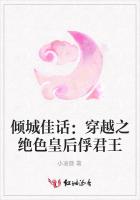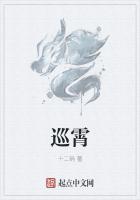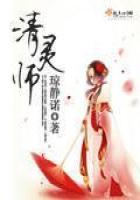The Parthenon was fashioned in honor of Athene or Minerva, the guardian deity of Athens, the preserver of Hellas, whom the Athenians in their gratitude sought to make the sovereign goddess of the land which she had saved. The eastern gable of the temple was adorned with a group representing the appearance of Minerva before the gods of Olympus. In the left angle of the gable appeared Helios, the dawn, rising from the sea. In the right angle Selene, evening, sank from sight. Next to Helios was a figure representing either Dionysus or Olympus, and beside were seated two figures, perhaps Persephone and Demeter, perhaps two Horae. Approaching these as a messenger was Iris. Balancing these figures on the side next Selene were two figures, representing Aphrodite in the arms of Peitho, or perhaps Thalassa, goddess of the sea, leaning against Gaia, the earth.
Nearer the centre on this side was Hestia, to whom Hermes brought the tidings. The central group is totally lost, but must have been made up of Zeus, Athene, and Vulcan, with, perhaps, others of the greater divinities.
The group of the western pediment represented Athene and Poseidon, contesting for the supremacy of Athens. Athene's chariot is driven by Victory, Poseidon's by Amphitrite. Although the greater part of the attendant deities have disappeared, we know the gods of the rivers of Athens, Eridanas and Ilissos, in reclining postures filled the corners of the pediment. One of these has survived, and remains in its perfection of grace and immortal beauty to attest the wonderful skill that directed the chiselling of the whole group.
Although the gable groups have suffered terribly in the historic vicissitudes of the Parthenon, still enough remains of them to show the dignity of their conception, the rhythm of composition, and the splendid ******* of their workmanship. The fragments were purchased by Lord Elgin early in this century and are now in the British Museum.
The frieze of the Parthenon, executed under the supervision of Pheidias, represented one of the most glorious religious ceremonies of the Greek, the Pan-Athenaic procession. The deities surround Zeus as spectators of the scene, and toward them winds the long line of virgins bearing incense, herds of animals for sacrifice, players upon the lute and lyre, chariots and riders. On the western front the movement has not yet begun, and the youths and men stand in disorder, some binding their mantles, some mounting their horses. The frieze is noteworthy for its expression of physical and intellectual beauty which marked the highest conceptions of Greek art, and for the studied mingling of forcible action and gracious repose. The larger part of this frieze has been preserved and is to be seen at the British Museum.
The third group of Parthenon sculptures, the ornaments of the metope, represents the contest between centaurs and the Lapithae with some scenes interspersed of which the subjects cannot now be determined. The frieze is in low relief, the figures scarcely starting from the background. The sculptures of the metope, on the contrary, are in high relief, frequently giving the impression of marbles detached from the background altogether.
They were, moreover, colored. Or course, Pheidias himself cannot have had more than the share of general director in the sculptures of the metope; many of them are manifestly executed by inferior hands. Nevertheless, the mind of a great designer is evident in the wonderful variety of posture and action which the figures show. Indeed, when we consider the immense number of figures employed, it becomes evident that not even all the sculptures of the pediments can have been executed entirely by Pheidias, who was already probably well advanced in life when he began the Parthenon decorations; yet all the sculptures were the work of Pheidias or of pupils working under him, and although traces may be found of the influence of other artists, of Myron, for example, in the ******* and naturalness of the action in the figures of the frieze, yet all the decorations of the Parthenon may fairly be said to belong to the Pheidian school of sculpture.
The fame of Pheidias himself, however, rested very largely on three great pieces of art work: The Athene Promachos, the Athene Parthenos, and the Olympian Zeus. The first of these was a work of Pheidias's youth. It represented the goddess standing gazing toward Athens lovingly and protectingly. She held a spear in one hand, the other supported a buckler. The statue was nine feet high. It was dignified and noble, but at the time of its conception Pheidias had not freed himself from the convention and traditions of the earlier school, and the stiff folds of the tunic, the cold demeanor of the goddess, recall the masters whom Pheidias was destined to supersede. No copy of this statue survives, and hence a description of it must be largely conjectural, made up from hints gleaned from Athenian coins.















